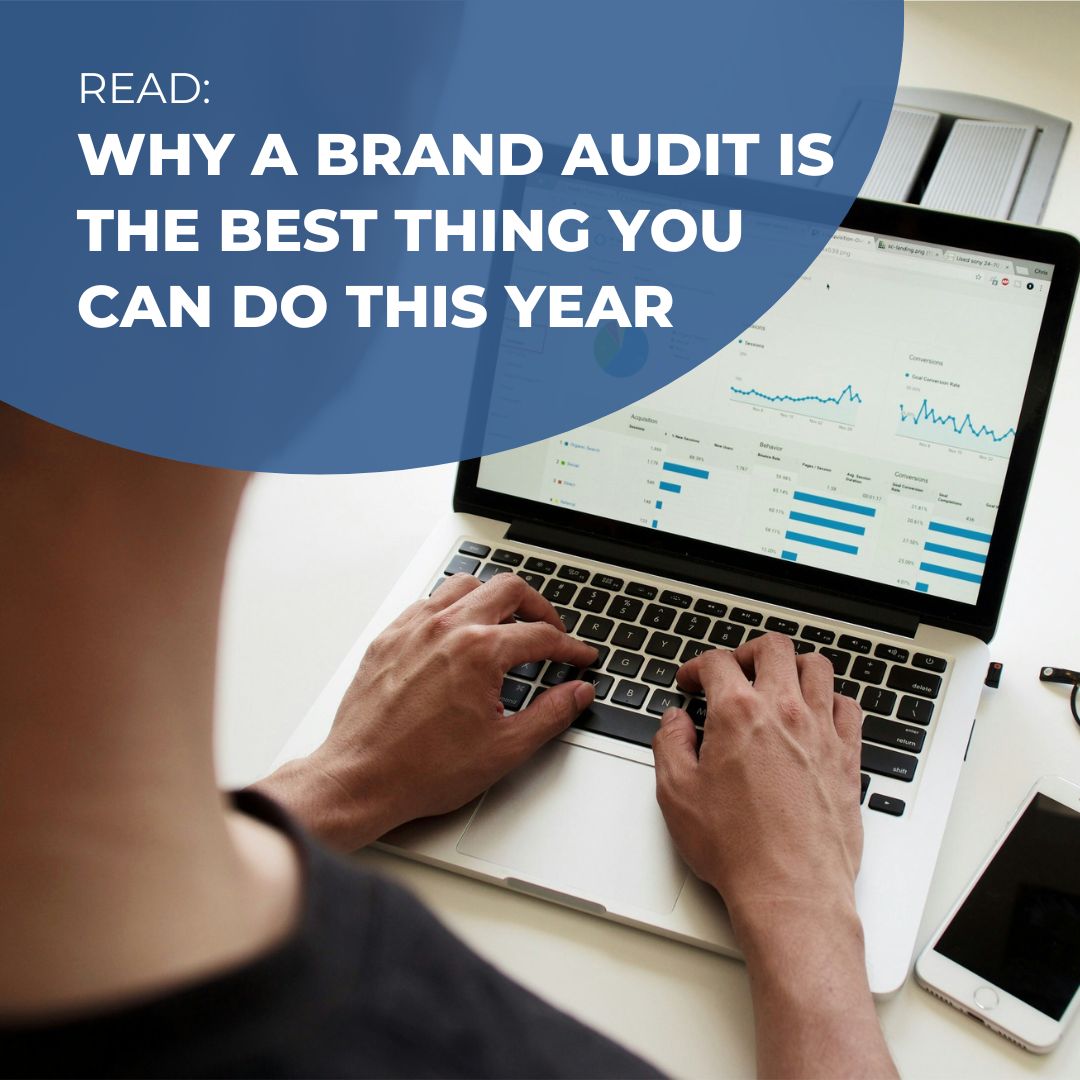“Life is what happens when you’re making other plans.”
One of my favorite quotations, this aphorism has been variously attributed to John Lennon, American comics author Allen Saunders, and others.
Whoever said it first must have been thinking about our current decade. Between the pandemic and social upheaval, planning for the future these days can seem futile at times. Which is why I chuckle at the myriad predictions for the new year that appear annually around this time.
This is not to knock planning as an exercise. We need to prepare for whatever lies ahead as fully as we can, which rings true for employer branding as well.
Employers are beset by The Great Resignation, which many ascribe to workers questioning the merits of working in their current roles.
Economically, some industries truly resemble a roller coaster. Airlines and hospitality, for example, were particularly hard hit in early 2020 when COVID-19 first appeared. They seemed to recover in the summer of 2021, only to be slammed down again by the Omicron variant in the last quarter of the year.
Regulations and advice about wearing masks and requiring vaccinations or tests change constantly. The challenge is compounded for national or international employers who must deal with dozens of different regulatory bodies and governments.
You got this.
The good news is, managing your employer brand in this chaotic environment is not as hopeless as it may seem. You simply have to remember the core truth about employer brands, and all brands in general:
Managing relationships is one of the earliest skills we learn. By applying what you know about relationships to your employer brand, you will be better prepared for just about whatever comes your way.
- Be sensitive. If you’re in a relationship with a spouse or partner, you know one of the keys to success is to be sensitive to their needs. Over time, you pick up on various cues that tell you when they’re down or mad and you learn how to respond. Likewise, you need to be sensitive to your employees. This includes both current employees and potential candidates. Try to understand their needs and - to the extent possible - respond to them.
- Be honest. Shading or hiding the truth rarely ends well, either in personal relationships or in employer branding. Sure, there are things that need to be kept confidential for valid reasons, but if times are bad and tightening belts is required, don’t spring it on people. Let them know what is happening and perhaps even solicit ideas on how to manage through the downturn. There are many stories of employers who did this and, when it came time to reduce payroll, employees voted to take temporary pay cuts instead of losing coworkers. Note that there is an important difference between mandating the solution and letting employees have a voice in how to meet the challenge.
- Communicate. When times are volatile, there’s a natural tendency to go silent in the mistaken belief that, “no news is good news.” Unfortunately, no news usually leads to wild rumors in the workplace that are often much more dire than the actual situation. Maintain a steady flow of information to keep employees up to speed. This also helps to build trust (as long as you observe the point above). Be creative in using different channels. In other words, don’t over-rely on email or the intranet to get the word out. Use every channel you have, and seek out new ones to ensure that your communications remain fresh and don’t become “wallpaper.”
When you view your employer brand as a relationship, you can apply your lifetime of experiences in dealing with other people to managing the brand. As in life, there are no guarantees that there will be a happy ending every time. But, also as in life, we learn to adapt and improvise when situations demand it.

.jpg)

